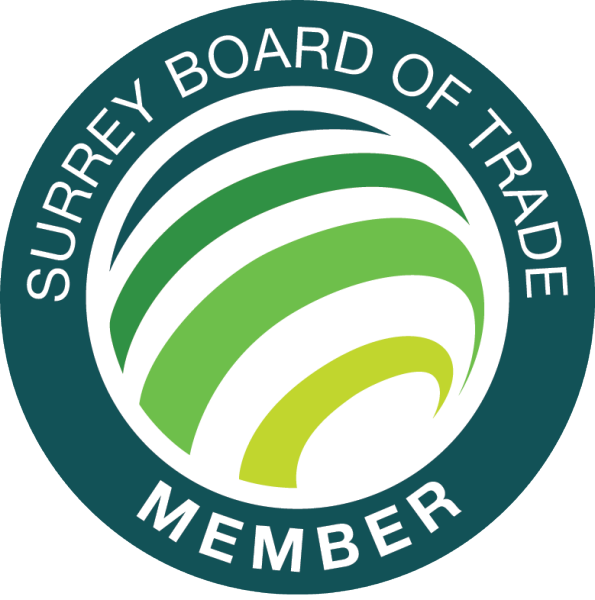New rules help deliver housing faster in B.C.
New regulations are in effect to standardize and improve community planning in the province and make it easier to get more homes for people built faster.
In fall 2023, the Province made legislative changes to facilitate the delivery of more housing and provide more certainty and transparency of rezoning processes instead of a drawn-out, costly and restrictive approach. This shift involves more upfront community planning by local governments and improvements to outdated zoning rules, which will make it easier to increase different types of housing in the province.
The Province has adopted a new approach to preparing housing needs reports (HNR) as part of the new community planning process. Local governments will continue to complete HNRs every five years and will now be required to use a new provincial standardized method, the HNR method, for calculating housing need. This will provide a more robust, comparable and consistent approach to identifying the number of housing units to address current and anticipated needs over five and 20 years in each community. Other changes include a new requirement to include information about the need for housing close to transit, cycling and pedestrian infrastructure.
All local governments must complete an interim HNR by Jan. 1, 2025, and then municipalities must update their official community plans (OCP) and zoning bylaws by Dec. 31, 2025. In each municipality, the updated OCP and zoning bylaws must accommodate the number of housing units identified in the HNR. These changes build on and align with the new requirements related to small-scale multi-unit housing and other recent legislative changes.
The Province has developed guidance documents to support local governments to meet the new requirements, including a summary of the HNR requirements, a frequently asked questions document and a technical guide to the HNR method. These resources are accessible online starting June 18, 2024. In addition, the University of British Columbia’s Housing Assessment Resource Tools is also developing an online tool, the HNR calculator, to help local governments prepare their HNRs using the new methodology. The tool is planned to be available in July 2024 and will be of significant support to local governments as they develop their interim and future HNRs.
The regulation is part of the Homes for People plan to give local governments the authority and support to increase housing with proactive planning tools. Since 2017, the Province has nearly 80,000 homes delivered or underway in B.C.
Quick Facts:
In fall 2023, the Province passed Bill 44, the Housing Statutes (Residential Development) Amendment Act, which requires that the zoned capacity of land reflect local housing needs and shifts to a more proactive community planning.
All local governments must complete an interim HNR by Jan. 1, 2025.
Municipalities must update their official community plans and zoning bylaws by Dec. 31, 2025.
Local governments will need to complete HNRs by Dec. 31, 2028, and every five years thereafter.
Municipalities will need to complete OCP and zoning bylaw updates by Dec. 31, 2030, and then every five years.
Regional districts are exempt from OCP and zoning bylaw updates.
New provincial housing legislation
In November 2023, the provincial government passed legislation intended to increase housing supply and improve affordability in all B.C. municipalities.
To achieve this goal, the B.C. government has made changes to allow more homes and offer different types of housing across the province.
How the changes will affect the District
The new legislation fundamentally changes how the District – and all local governments in B.C. – plans, considers and approves development and growth across our entire community.
These rules require the District to enable increased density in neighbourhoods traditionally zoned for detached single-family homes and duplexes. This increase in density also requires updates to strategic, long-term visioning for our community and to the municipality’s zoning bylaws.
A coach house is a detached compact home, which is a type of infill housing usually built in the rear yard of a single-family residential lot.
Sometimes called a laneway house or carriage home, a coach house can provide you with additional rental income, while increasing the diversity of rental housing choices in single-family neighbourhoods.
The provincial government has introduced the Secondary Suite Incentive Program, which offers up to $40,000 in forgivable loans to help homeowners create new affordable secondary suites. Learn more about the Secondary Suite Incentive Program
Can you build a coach house on your property?
To be eligible to build a coach house, your lot and proposal must meet these general requirements:
zoned single-family residential (RS)
within the urban containment boundary (UCB) in the Official Community Plan
the combined density of the main house and coach house can’t exceed the maximum density allowed by zoning
the proposal must meet development permit area (DPA) requirements, if applicable
How to apply to build a coach house
If your lot and proposal meet the general requirements, you can apply to build a coach house. The application process varies depending on whether or not your proposal requires a development variance permit (e.g., for setbacks, lot coverage, parking, or coach house size).
Proposals requiring a Development Variance Permit
If your proposal requires any variances to the Zoning Bylaw you must apply for a Development Variance Permit (DVP) before you can apply for a Building Permit.
DVP applications are evaluated based on conformance to the coach house guide and the Zoning Bylaw. The DVP process gives the District the ability to assess any impacts the coach house and proposed variances may have on the neighbourhood.
Some DVP applications are considered by Council, while others are delegated to staff:
Council decisions | Staff decisions |
|---|---|
|
|





